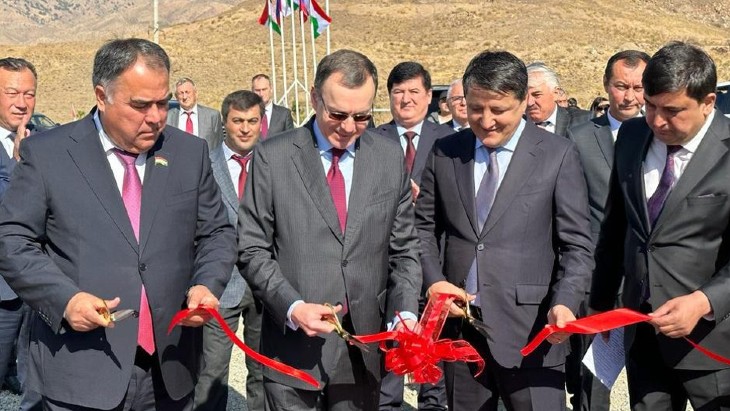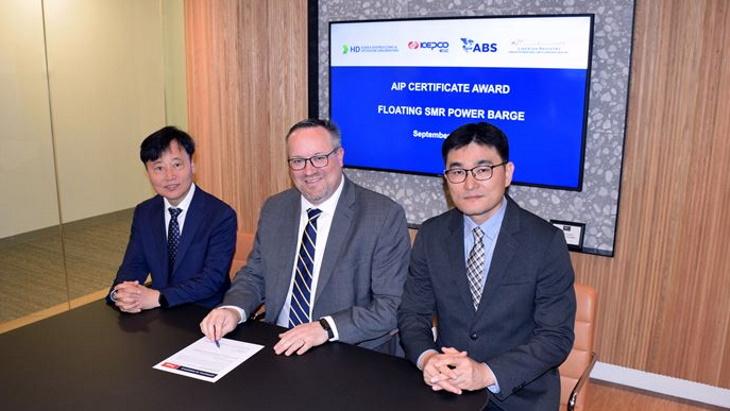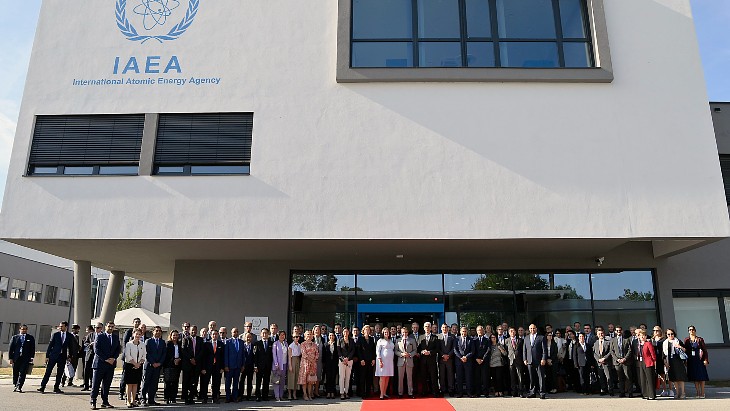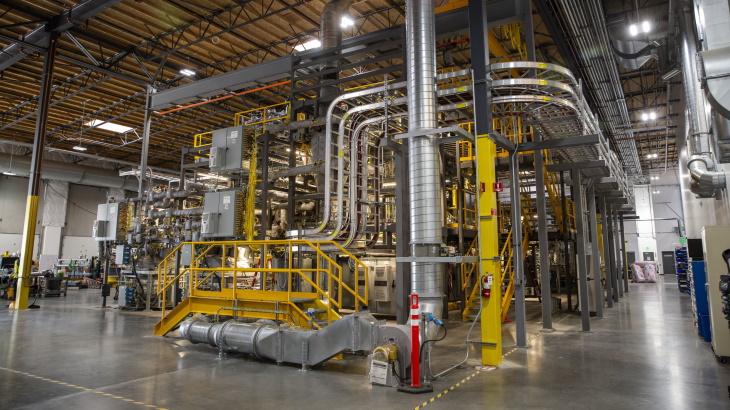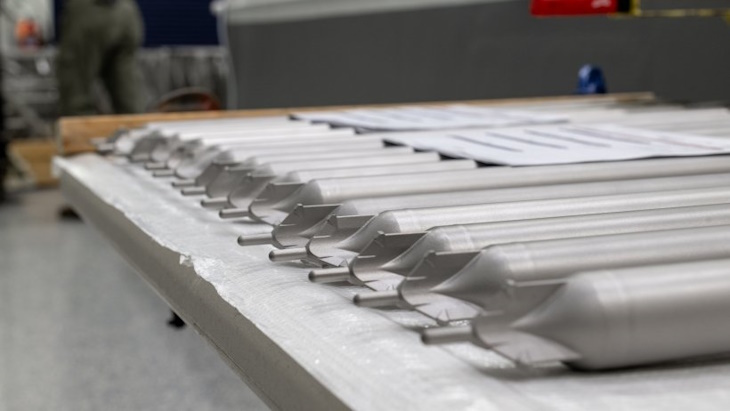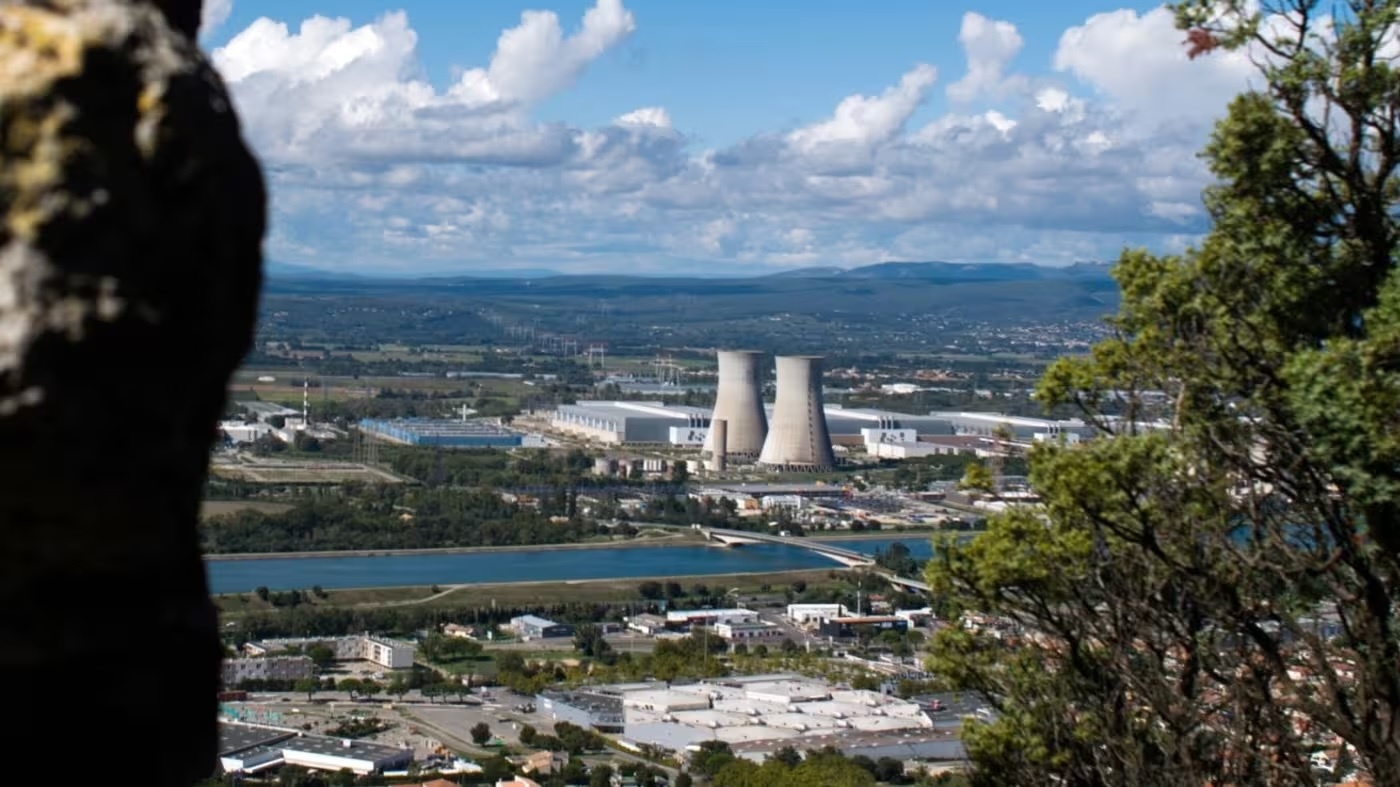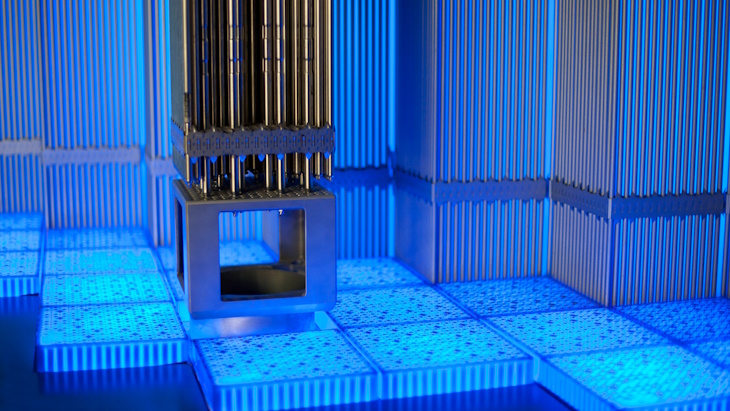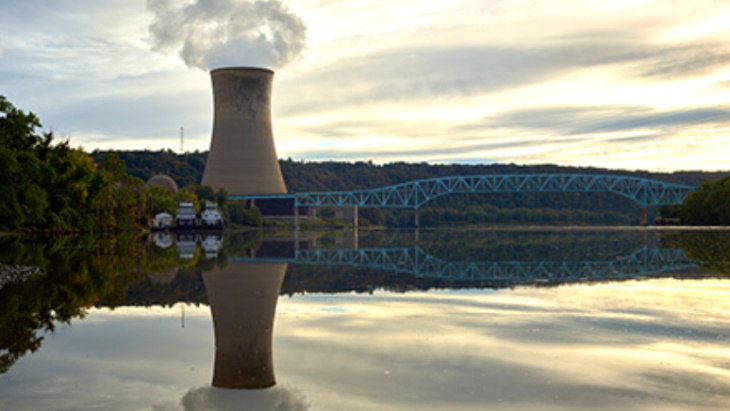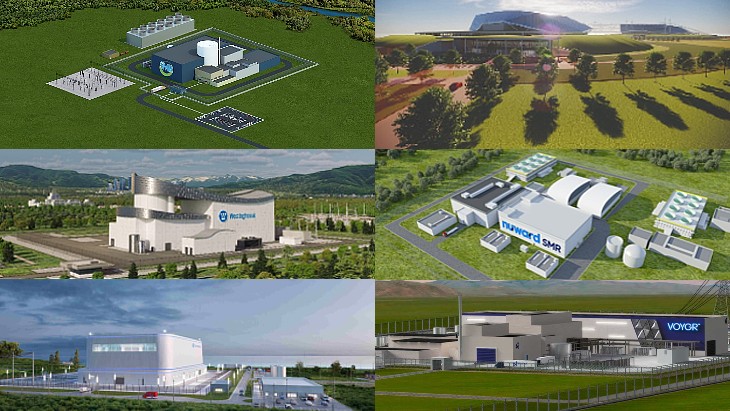Source: https://www.ft.com/content/8a57f1be-20cb-4632-aecd-1a68f5211057
Nuclear power disagreements between Paris and Berlin have halted progress on EU electricity market reform.
Germany is seeking a “grand bargain” with France to resolve their current stand-off over nuclear power and help unblock a sweeping reform of the EU’s electricity market.
“We are working towards a larger compromise on energy issues,” said Sven Giegold, state secretary at the German economy and climate ministry, of the talks between Germany, France and its EU partners. “We need a grand bargain,” he told the Financial Times, adding that it could cover several aspects of energy policy, not just the nuclear issue.
Giegold, a politician from the Green party that has historically opposed nuclear energy, said that all parties agreed on the “need to decarbonise, bring down energy prices and invest more in our common energy infrastructure and in new generating facilities”.
“We believe we should have a larger compromise,” he said “But we are not there yet.”
The comments are likely to be viewed with scepticism in Paris where officials have been negotiating for months with their German counterparts over a proposed EU electricity market reform.
Paris and Berlin diverge over critical aspects of the reform, including how nuclear energy will be priced, the extent to which the sector can be subsidised and how to pay for future investments. France has been lobbying aggressively for its large state-owned nuclear fleet, saying that it is key to helping meet emissions cutting targets and should not be penalised in new EU rules.
Beyond the details of the legislation, French officials said the negotiations were being affected by something deeper: German fears that France would gain a competitive edge with cheap nuclear energy to the disadvantage of German manufacturers.
German officials have said that France is seeking to bend EU state aid rules and obtain an exception by which it can subsidise electricity prices to the detriment of the single market. France refutes the criticism, saying it would still be subject to Brussels’ oversight to prevent anti-competitive behaviour.
The EU first unveiled plans to reform its electricity market in March, after Russia’s full-scale invasion of Ukraine pushed up energy prices to record highs last year. The aim is to create a stable market that can cope with future supply shocks while providing more predictable prices for companies and households. Adding to the sense of urgency in adopting the reform are fears that steep energy costs make it harder for the EU to compete with the US and China.
French president Emmanuel Macron and German chancellor Olaf Scholz will meet several times this month with energy high on the agenda. Officials are hoping for a breakthrough ahead of a wider meeting of EU energy ministers in mid-October.
One key sticking point in negotiations is the inclusion of a mechanism known as “contracts for difference”, which have typically been used to incentivise new renewable projects by providing a minimum price guarantee. They also allow governments to recoup excessive revenues if prices jump past a given level.
France wants to be able to use CFDs on electricity generated from its existing nuclear power plants, as well as new ones.
Germany is resistant to that idea. Giegold said Berlin saw the CFDs “mainly reserved for new investment and not for already depreciated installations. For us, this is a tool to support new investment, regardless of the form of energy”.
German officials worry that France will distribute the revenue from its nuclear CFDs to all consumers via a special fund or through the state budget, bypassing state aid controls.
In a recent speech, Macron signalled his willingness to go it alone to “take back control of electricity prices”, a phrase French officials said afterwards was intended as a message to Germany.
In an attempt to break the deadlock, Germany has proposed that CFDs can occasionally be used for existing nuclear plants, such as when new investments are made to extend the lifespan of the reactor. But it said the revenues from the CFDs must be proportionate to the amount invested.
A similar proposal was tabled by the European parliament in July.
Officials in Paris may be open to such an approach but want to be able to use CFDs more extensively across a bigger proportion of the output from its nuclear reactors. On Tuesday, France tabled its own counterproposal along with eight other pro-nuclear countries including Hungary, the Czech Republic and Poland.
The Spanish government, which currently holds the rotating presidency of the EU, has put forward three potential compromises, including one that would delete the contentious CFD article altogether.
Nicolás González Casares, a Spanish socialist MEP who negotiated the EU parliament’s position, defended the CFD provision and said any attempts to scrap it would prompt “strong opposition” from the parliament.
“It is a crucial instrument for decoupling gas prices from electricity prices, passing on the lower prices of renewables to consumers and reducing volatility in the electricity market,” he said.
González Casares added that it was “urgent” that France and Germany did not “waste any more time” hashing out a deal so that negotiations could start with the parliament. Otherwise, the reforms risked not being passed before EU-wide elections in June next year.



